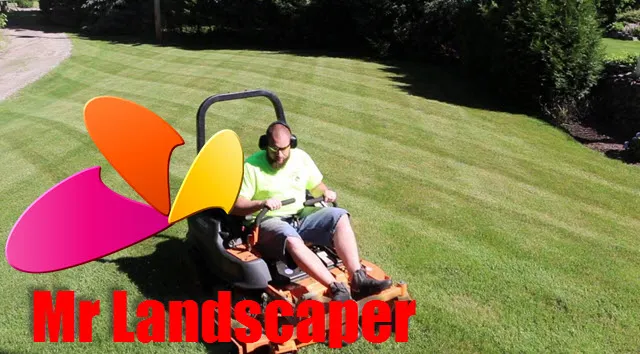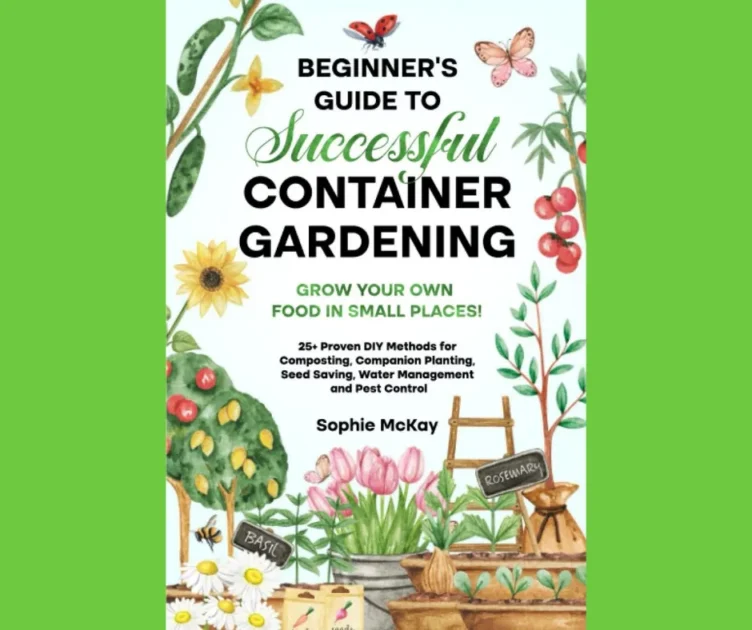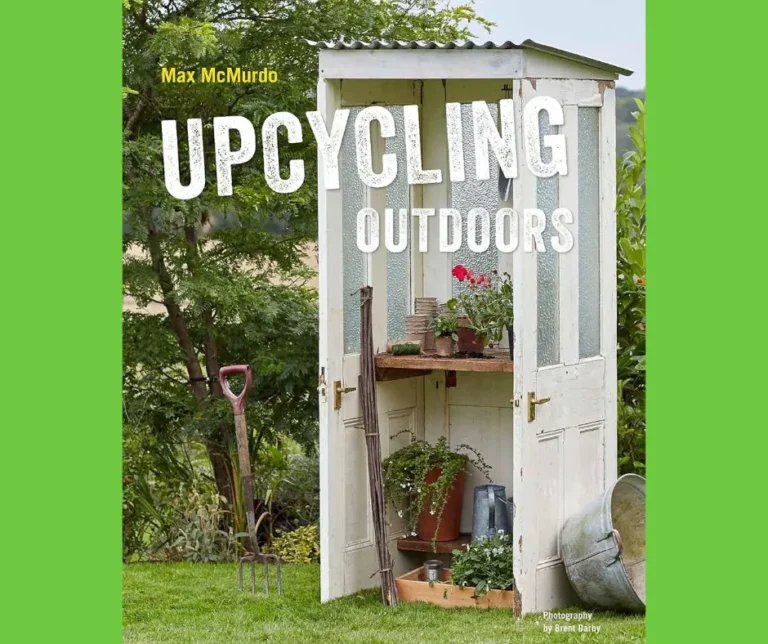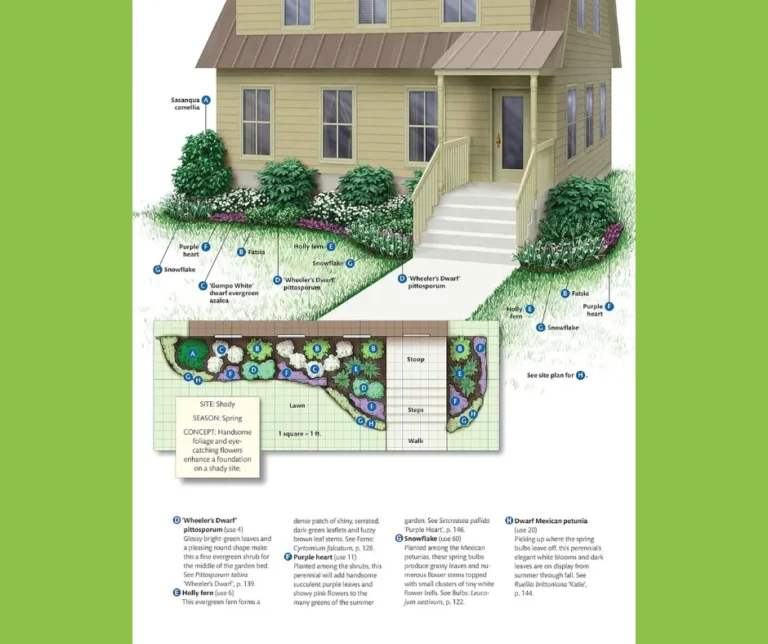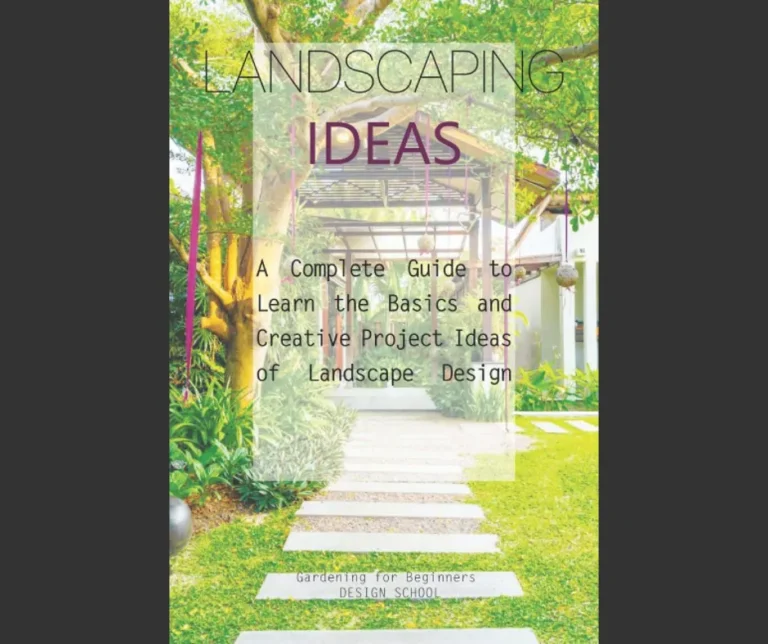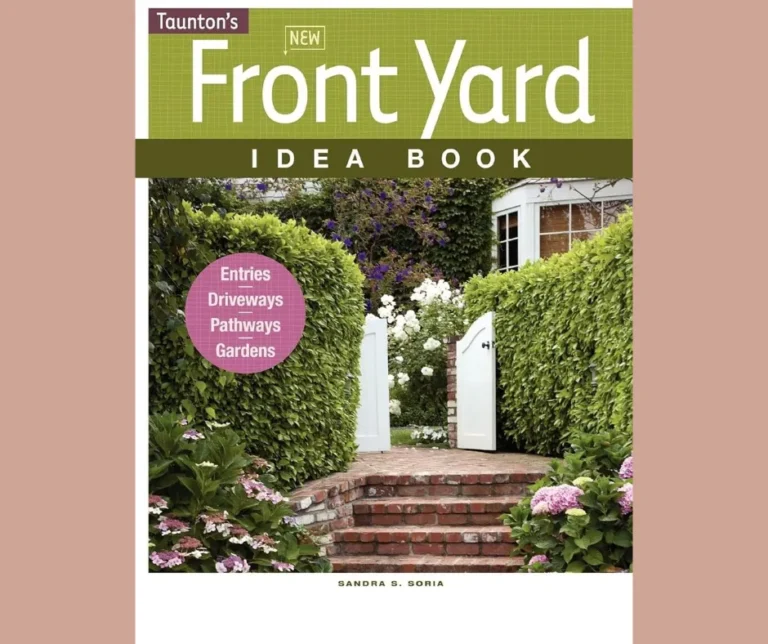Pro Guide to Sustainable Landscaping
As society becomes increasingly aware of the impact of human actions on the environment, the concept of sustainability has taken center stage in various aspects of our daily lives.
From reducing carbon footprints to recycling, there is a growing desire to live in harmony with the planet and preserve its resources for future generations.
One area that has gained significant attention in recent years is landscaping.
As homeowners and businesses alike seek to create beautiful outdoor spaces, there is a growing need for these spaces to be eco-friendly and sustainable.
This is where the pro’s guide to sustainable landscaping comes in.
In this article, you will learn the Pro Guide to Sustainable Landscaping and how to build an eco-friendly outdoor haven with the help of expert tips and techniques.
Whether you are a seasoned landscaper or a beginner, this guide will provide you with the knowledge and resources needed to create a sustainable outdoor space that not only enhances the beauty of your surroundings but also contributes to the well-being of our planet.
So, let’s dive in and discover the world of sustainable landscaping together.
Table of Contents Pro Guide to Sustainable Landscaping
Choose native plants for biodiversity
To create an eco-friendly outdoor haven, it is essential to choose native plants for biodiversity.
Native plants have evolved and adapted to the local environment over time, making them better suited for your specific region’s climate, soil conditions, and wildlife.
By incorporating native plants into your landscape, you not only support the natural ecosystem but also promote biodiversity by providing food and habitat for native insects, birds, and other wildlife species.
Additionally, native plants require less maintenance, as they are naturally adapted to the local conditions, reducing the need for excessive watering, fertilizers, and pesticides.
By selecting native plants, you are fostering a sustainable and resilient outdoor space that harmonizes with the surrounding ecosystem, making it a key component in creating The Pro’s Guide to Sustainable Landscaping: Building an Eco-Friendly Outdoor Haven.
Utilize rain barrels for irrigation
Another sustainable practice you can incorporate into your eco-friendly outdoor haven is the utilization of rain barrels for irrigation.
By collecting and storing rainwater, you can reduce your reliance on potable water sources and decrease the strain on municipal water supplies.
Rain barrels are typically connected to your downspouts, allowing them to capture rainwater runoff from your roof.
This collected water can then be used to water your plants, reducing the need for additional water consumption.
Not only does this help conserve water resources, but it also helps prevent soil erosion and runoff, as the slow release of rainwater from the barrels allows for better absorption into the ground.
Incorporating rain barrels into your landscape not only aligns with the principles outlined in The Pro’s Guide to Sustainable Landscaping: Building an Eco-Friendly Outdoor Haven but also demonstrates your commitment to responsible water management practices.
Implement composting for soil health
To further enhance the health and fertility of your soil, an essential practice to implement in your eco-friendly outdoor haven is composting.
Composting is a natural process that transforms organic waste into nutrient-rich soil conditioner, known as compost.
By composting kitchen scraps, yard trimmings, and other organic materials, you can create a valuable resource that enriches your soil, promotes plant growth, and reduces the need for chemical fertilizers.
The Pro’s Guide to Sustainable Landscaping: Building an Eco-Friendly Outdoor Haven emphasizes the importance of sustainable soil management, and composting is a key component of achieving this goal.
By diverting organic waste from the landfill and instead utilizing it to nourish your landscape, you not only contribute to a more sustainable environment but also create a healthier and more vibrant outdoor space for your enjoyment.
Opt for solar-powered lighting options
In The Pro’s Guide to Sustainable Landscaping: Building an Eco-Friendly Outdoor Haven, another crucial aspect to consider is the lighting in your outdoor space.
Opting for solar-powered lighting options is a smart choice that aligns with your eco-friendly goals.
By harnessing the power of the sun, solar lights provide an energy-efficient and sustainable lighting solution for your landscape.
Not only do they eliminate the need for electricity consumption, but they also reduce carbon emissions and minimize your environmental footprint.
Additionally, solar-powered lights offer the convenience of automatic operation, turning on at dusk and off at dawn, while enhancing the aesthetic appeal of your outdoor haven.
By choosing solar-powered lighting options, you not only create a visually stunning atmosphere but also contribute to a more sustainable and environmentally conscious landscape.
Use permeable materials for hardscaping
When it comes to building an eco-friendly outdoor haven, an important consideration is the use of permeable materials for hardscaping.
Permeable materials, such as permeable pavers or gravel, allow water to infiltrate through the surface and into the ground, reducing stormwater runoff and promoting natural water filtration.
By using permeable materials for pathways, driveways, or patio areas, you can help prevent water pollution and contribute to the overall health and sustainability of your landscape.
Additionally, permeable hardscaping materials can help mitigate urban heat island effect, as they absorb less heat than traditional impervious surfaces, thereby creating a more comfortable outdoor environment.
By making the conscious choice to incorporate permeable materials into your hardscaping design, you are not only enhancing the functionality and aesthetics of your outdoor space but also making a positive impact on the environment.
Congratulations! You have now learned the ins and outs of sustainable landscaping and how to create an eco-friendly outdoor haven.
By incorporating various techniques such as water conservation, native plantings, and composting, you can reduce your environmental impact and create a beautiful, sustainable landscape.
Remember to always research and choose environmentally-friendly materials, and don’t be afraid to seek professional advice.
With your newfound knowledge and dedication, you can create a thriving outdoor space that benefits both you and the planet.
Keep up the good work!
FAQ
What are some key principles of sustainable landscaping that homeowners should keep in mind when designing their outdoor spaces?
When designing your outdoor space, remember to incorporate native plants, use water-efficient irrigation systems, and opt for natural materials to reduce environmental impact.
Consider creating wildlife habitats, using permeable surfaces, and minimizing chemical usage to promote biodiversity and protect the ecosystem.
By prioritizing sustainability in your landscaping choices, you can contribute to a healthier environment and create a vibrant, eco-friendly outdoor space for you and your family to enjoy for years to come.
How can incorporating native plants into your landscaping design help promote biodiversity and support local ecosystems?
Incorporating native plants into your landscaping design can help promote biodiversity and support local ecosystems by providing food and habitat for native wildlife, attracting pollinators, and requiring less water and maintenance compared to non-native species.
Native plants are adapted to the local climate and soil conditions, making them more resilient and better able to support a healthy ecosystem.
By choosing native plants for your landscaping, you can help create a more sustainable and diverse environment that benefits both wildlife and the local ecosystem as a whole.
What are some eco-friendly landscaping techniques, such as rainwater harvesting or composting, that can help reduce water usage and waste in your outdoor space?
In your outdoor space, you can implement eco-friendly landscaping techniques like rainwater harvesting and composting to reduce water usage and waste.
By collecting and storing rainwater, you can use it for watering plants instead of relying on treated water.
Composting organic waste creates nutrient-rich soil, reducing the need for chemical fertilizers.
These practices not only benefit the environment but also promote sustainability in your landscaping efforts.
Consider incorporating these techniques to make a positive impact on your outdoor space and conserve resources.
How can incorporating hardscaping elements, such as permeable pavers or recycled materials, help reduce the environmental impact of your landscaping project?
By incorporating hardscaping elements like permeable pavers or recycled materials into your landscaping project, you can reduce environmental impact in two ways.
Permeable pavers allow water to infiltrate the soil, reducing runoff and preventing erosion.
Using recycled materials reduces the need for new resources, decreasing energy consumption and waste production.
Both practices help to mitigate environmental harm and promote sustainability in your landscaping efforts.
What are some resources or organizations that homeowners can turn to for guidance and support when implementing sustainable landscaping practices in their outdoor spaces?
As a homeowner looking to implement sustainable landscaping practices, you can turn to resources like local agricultural extension offices, native plant societies, and environmental organizations for guidance and support.
These groups often offer workshops, resources, and expertise to help you create a more sustainable outdoor space that benefits both the environment and your property.
By reaching out to these organizations, you can gain valuable knowledge and assistance in making your landscaping more eco-friendly.
